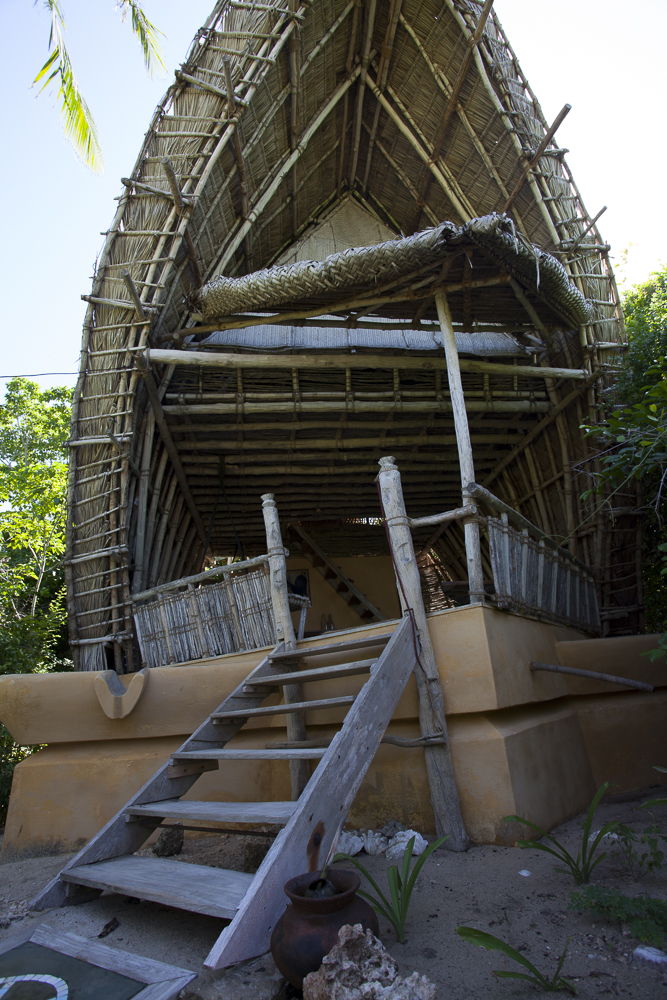Participatory Local Governance
MRFA are defined as “areas where fishing activities are regulated to secure the sustainable use of resources in the long term and where the conservation, use and management action of INCOPESCA can count with the support of coastal communities and other institutions”. (Executive Decree No. 35502 of October 1st 2009).
This new legislation recognized the fishers effort for a collaborative governance model for the management of the marine territory.
The local community developed a Fisheries Management Plan based on their traditional knowledge. A commission, composed of members of the fishing cooperative and governmental authorities, is responsible for the further management of the area.
• A given tradition of environmental awareness with the locals
• Need to conserve natural heritage recognized.
• Respect for and inclusion of local and traditional knowledge for management.
Recognition of traditional knowledge is crucial for the management and conservation of a marine territory.
Fishers can do research as a process of learning new things.
It is better to do things than to say them with no practical implementation
Collaborative governance models recognition (as the Marine Responsible Fishing Areas) are crucial for the future conservation of the sea. Recognizing this other models of governance by the governments is a crucial issue for the future of marine conservation.
Identity, Participation and capacity strengthening of small scale fishers towards responsible fishing and a human rights approach to marine conservation is very important for conservation.
